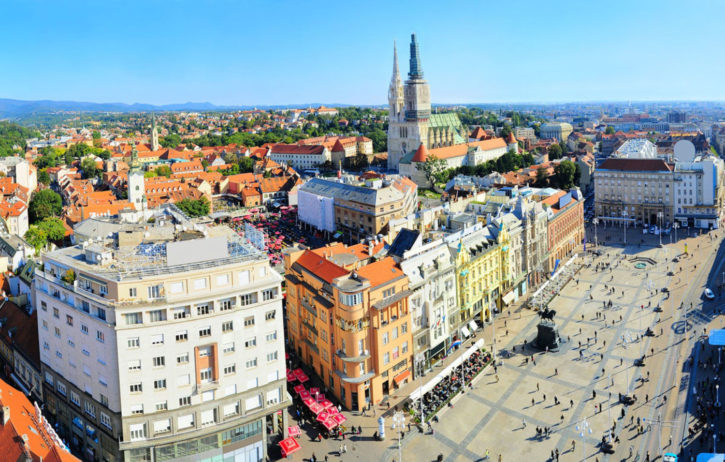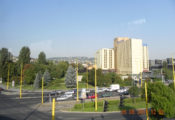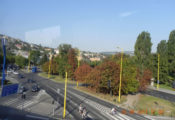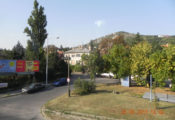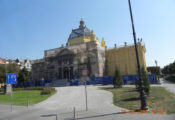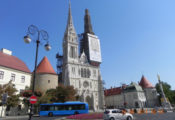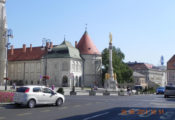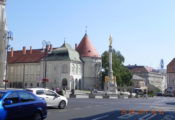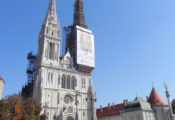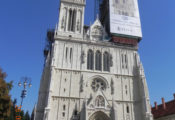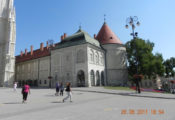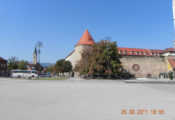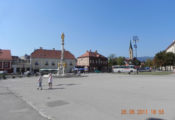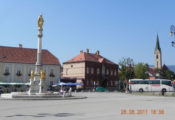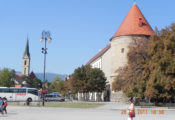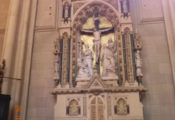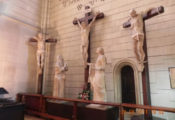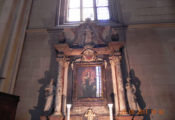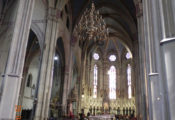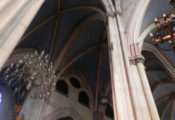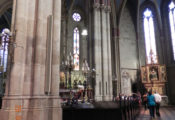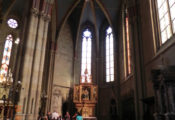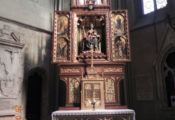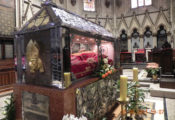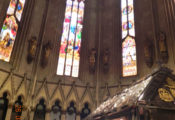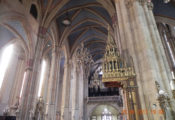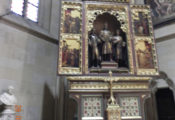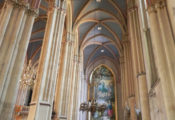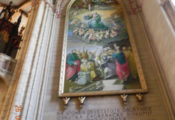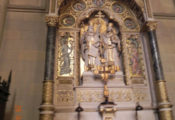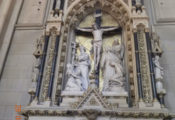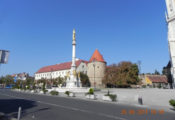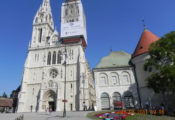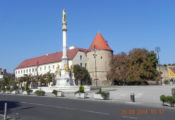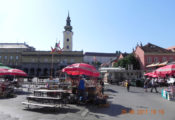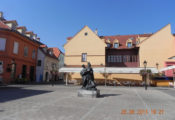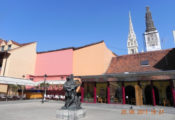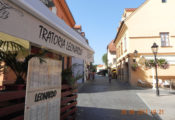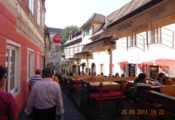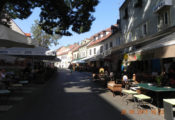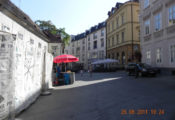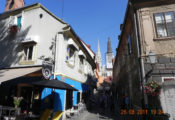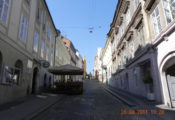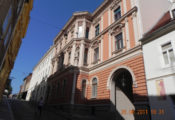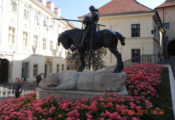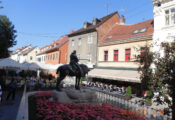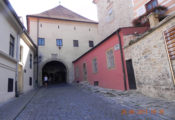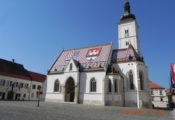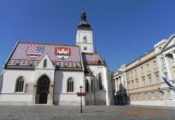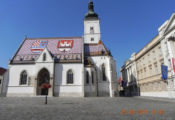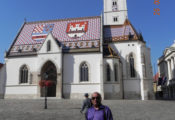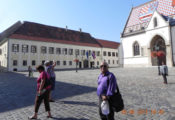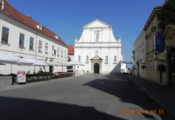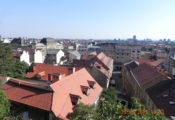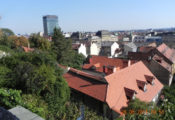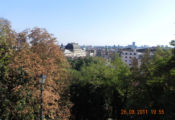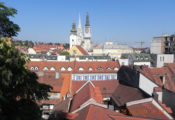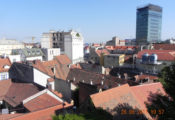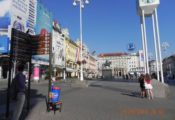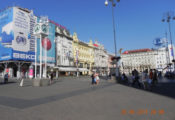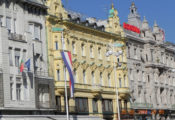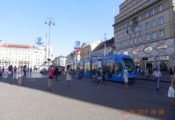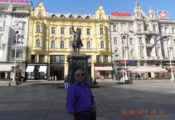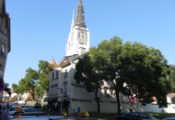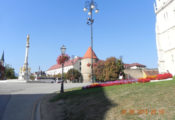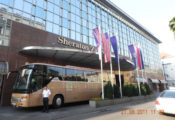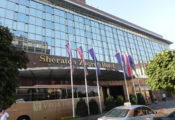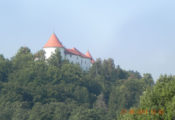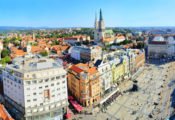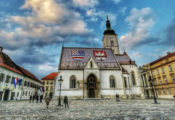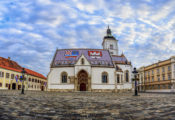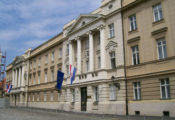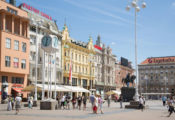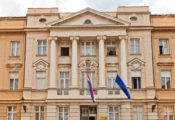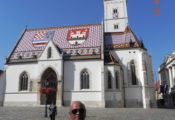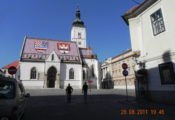There were two human settlements in Zagreb by the year 1090 called Kaptol and Gradec, these were destroyed by Mongols who attacked them. However, both the settlements were rebuilt and united when Turks advanced against them. In 16th century, these two settlements were named Zagreb for the first time and same time Croatian parliament was also established. In 1557 Zagreb was first mentioned as the capital and in 1621 the first seat of the Croatian viceroy was established. In the 17th and 18th centuries due to plague and fire, the parliament was moved to a city on the Drava River, in northern Croatia. But in the 19th century, Zagreb once again rose to prominence. By 20th century Zagreb grew even more quickly and the population expended and further after World War II when new areas such as Novi (New) Zagreb were created. Railways, Waterworks and Gasworks were also built around this time including the University and National theatre. In 1949 Zagreb established an Industrial area and in 1962 an Airport was opened.
The parliament of Croatia declared Croatia’s independence and dissolved its association with Yugoslavia on 25 June 1991 and Zagreb became the capital city. Zagreb these days is a bustling city and a hot spot for tourists coming in.
St. Mark’s Church
Zagreb’s iconic 13th-century church is known for its multi-hued tiled roof and majestic looking gothic portal embellished with 15 sculptures in 11 niches. It offers additional attraction of Zagreb’s Guard-Changing ceremony in front of its gate.
Gornji Grand
The splendid cobblestone streets and red-tiled roofs of the buildings in medieval Gornji Grad, Zagreb’s Upper Town, make for a beautiful place to begin a sightseeing tour of the Croatian capital. Once two separate towns known as Kaptol and Gradec, Gornji Grad is home to many of the city’s most visited tourist attractions, including the cathedral, parliament building, and numerous museums and churches.
Zagreb Cathedral
Zagreb Cathedral was erected on the site of a previous structure destroyed by the Tartars in the early 1200s. Famous for its two ornately decorated spires, the present cathedral was built in the later half of the 13th century, although many alterations and renovations have been made since that have changed the structure dramatically. Most recently, the earthquake of 1880 destroyed large sections, including the dome and bell tower, although reconstruction maintained the original medieval design.
Jelacic Square
Jelacic Square is a large downtown square in Zagreb, surrounded by multi-storied buildings with screens flashing the latest advertisements. Several tram lines run through the square, with crowds of people boarding and getting off the blue tram cars. It’s a great place to people watch and begin a walk around the adjacent old town. The square takes its name from the prominent statue of the Croatian national hero Josip Jelacic that dominates the square. Originally created while Zagreb was part of the Hungarian part of the Austro Hungarian empire, the Jelacic statue was in storage during the Yugoslav era and reemerged in 1991 when Croatia became independent. We found a good bakery here also, right across from the tram stop.
Hrvatski Sabor- Croatia Parliament
Standing adjacent to St. Mark’s Church, the Parliament building wasconstructed in 1731, at St. Mark’s Square, being the main city square at those days, when the parliament assembly obtained a steady venue. Besides the session hall there were parliament offices, archive, judiciary court and arms dump in the same building as well. Croatian Parliament convened its first session in the new building on 6th May 1737.
In the next 150 years the parliament building was often renovated. Due to long process of construction and adaptation of the Parliament building there is a certain mix of shapes and styles where one can notice elements of classicism, neo-renaissance and Art Nouveau making this palace an important cultural monument.

